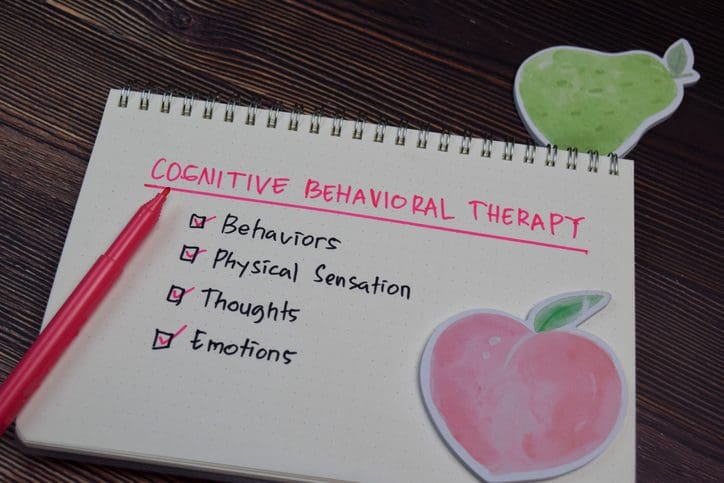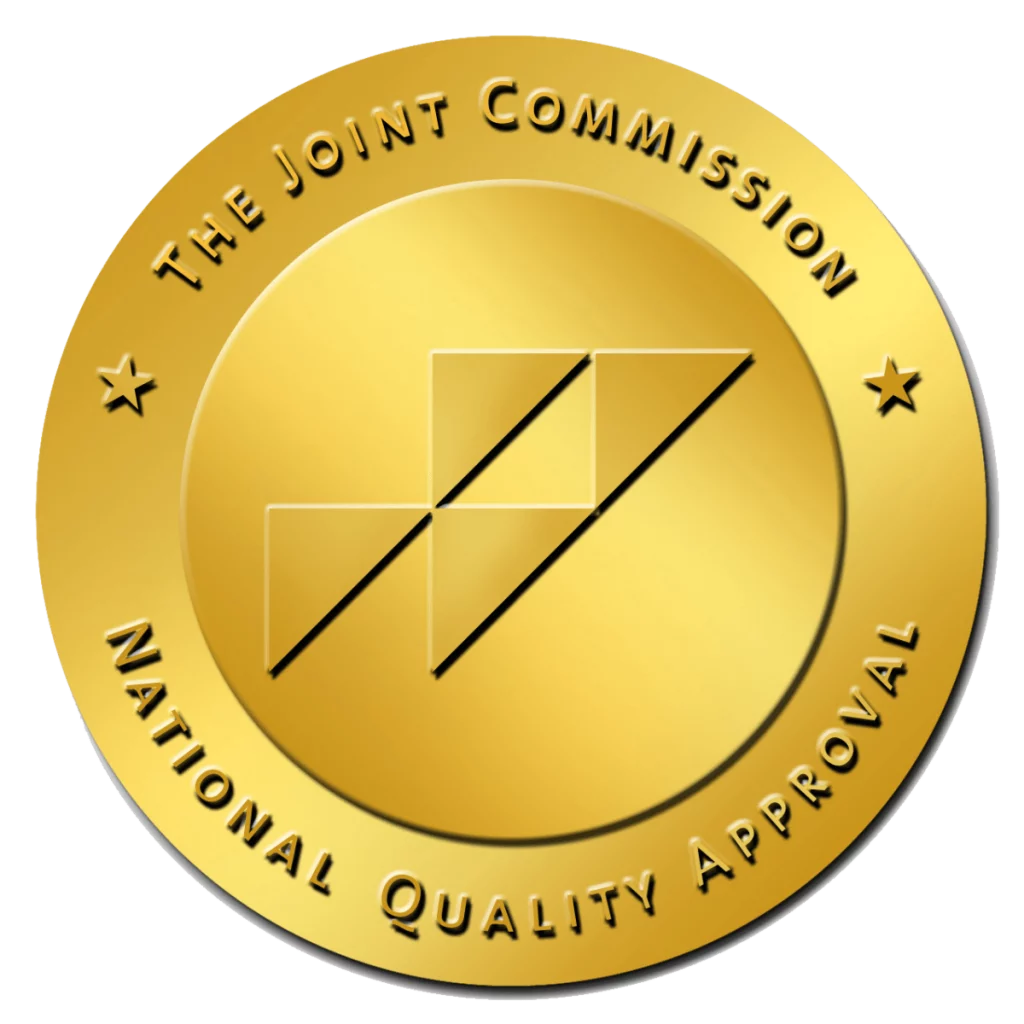Talk therapy comes in many forms but usually involves a dialogue between the therapist and the client with the purpose of helping the client cope with particular mental health or relationship struggles.
Despite the many types of talk therapy and the many advances it has made, most of us still imagine that it involves digging into repressed memories from the past and analyzing them in order to understand how they’ve contributed to our current state of mind. We may assume that this process takes years.
However, one of the most used types of talk therapy does not delve into the past and is relatively short-term: cognitive-behavioral therapy, or CBT. CBT is one of the most well researched therapies and has a proven record of success in treating a number of issues, including depression, anxiety, substance use disorder, eating disorders, PTSD, marital issues, and more.
What is Cognitive-Behavioral Therapy?
Cognitive-behavioral therapy was developed in the 1960s by Dr. Aaron Beck at the University of Pennsylvania when he discovered the role of automatic negative thoughts in mental illnesses like depression. It is based on principles of cognitive therapy and behavioral therapy, both of which operate under the assumption that our thoughts, emotions, and behaviors are closely connected and can determine our sense of well-being.
The Cognitive Part of CBT
According to the National Institutes of Health (NIH), CBT typically begins by addressing cognitive aspects, such as a client’s thoughts, attitudes, and beliefs about themselves and the world. This process usually helps the client identify how negative their thinking can be. Negative thoughts can be categorized in a number of different ways. Here are some of the most common types:
- Filtering – When you filter, you focus on the negative aspects of a situation, even if that situation was positive overall. For example, you focus on the one wrong answer on a test instead of the 19 right answers.
- Overgeneralizing – When you overgeneralize, you take one negative event as a sign that everything will go wrong. For example, you spill your coffee in the morning and immediately assume that today will be a bad day.
- All-or-nothing thinking – When you think this way, you label something as either perfect or terrible, without any middle ground. If you stumble over your words in a speech, you label the entire speech as a failure.
- Catastrophizing – When you catastrophize, you imagine a worst-case scenario for every mistake or hiccup. For example, “everything is ruined!” if you have a stain on your shirt when you meet your new boss – they will think you’re careless and find a way to fire you.
Once you learn to identify these types of thinking, the therapist will work with you to develop alternative ways of thinking that are more realistic and focus on a positive, hopeful outlook.
The Behavioral Part of CBT
Thoughts affect behaviors. For example, if you have a lot of anxious thoughts about social situations, you might tend to avoid certain places, people, or events that you used to enjoy. Behavioral therapy will help you develop coping mechanisms – ways to calm your anxiety in these situations so that you can participate in them again.
In this way, CBT is problem-oriented and practical. Rather than focusing on issues with childhood to find reasons for your depression, for example, CBT focuses on how your depression is currently affecting you and how you can learn how to ease the symptoms by changing your thoughts and behaviors.
You’ll work regularly with your therapist in your CBT sessions and will also likely have “homework” to do between sessions. Changing your thinking patterns takes practice, so you’ll be encouraged to put what you’ve learned to use, to monitor your moods, and reflect on your experiences to share in the next session.
Types of CBT Interventions
A therapist who practices CBT may include one or more of the following interventions depending on the client’s needs:
- Exposure therapy – a client with obsessive-compulsive disorder or anxiety may be asked to expose themselves to the trigger a few times a day to reduce reactiveness
- Worst Case/ Best Case/Most Likely Case Scenario – helps people overcome anxiety by imagining how their fear might play itself out in the worst way, the best way, or the most likely way
- Acceptance and Commitment Therapy (ACT) – instead of teaching clients to control their thoughts, ACT encourages them to calmy notice their thoughts and to accept them without judgment
- Mindfulness techniques – deep breathing and progressive muscle relaxation help the client learn how to be present and focused so they can more easily notice and shift negative thoughts
- Role-playing – this helps clients learn how to interact with others in situations they find triggering; it allows them to practice assertiveness, communication, problem-solving, or social skills
Cognitive-behavioral therapy is a powerful and practical tool that can address a wide variety of mental health and relationship issues. If you or a loved one is struggling with a mental health disorder, Raleigh Oaks Behavioral Health can help. At our facility in Garner, NC, we serve adults with depression, anxiety, or complicated grief issues; over time, we will offer services to children, teens, military families, and women with complex trauma. Contact us today to learn more about how we can help you.






